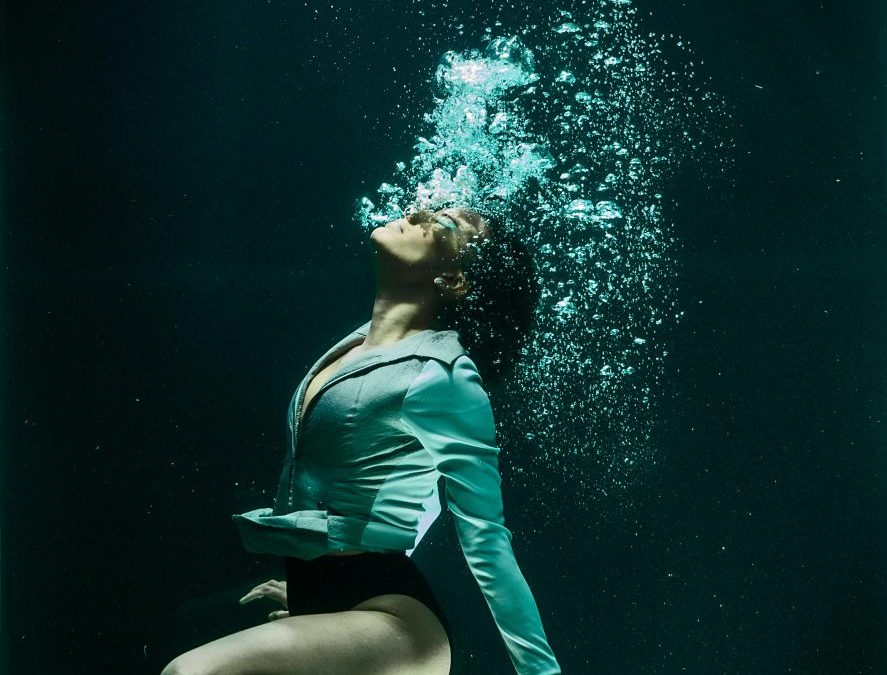Last Updated on: 14th July 2024, 09:06 am
The Importance of Swimming in Triathlon Success
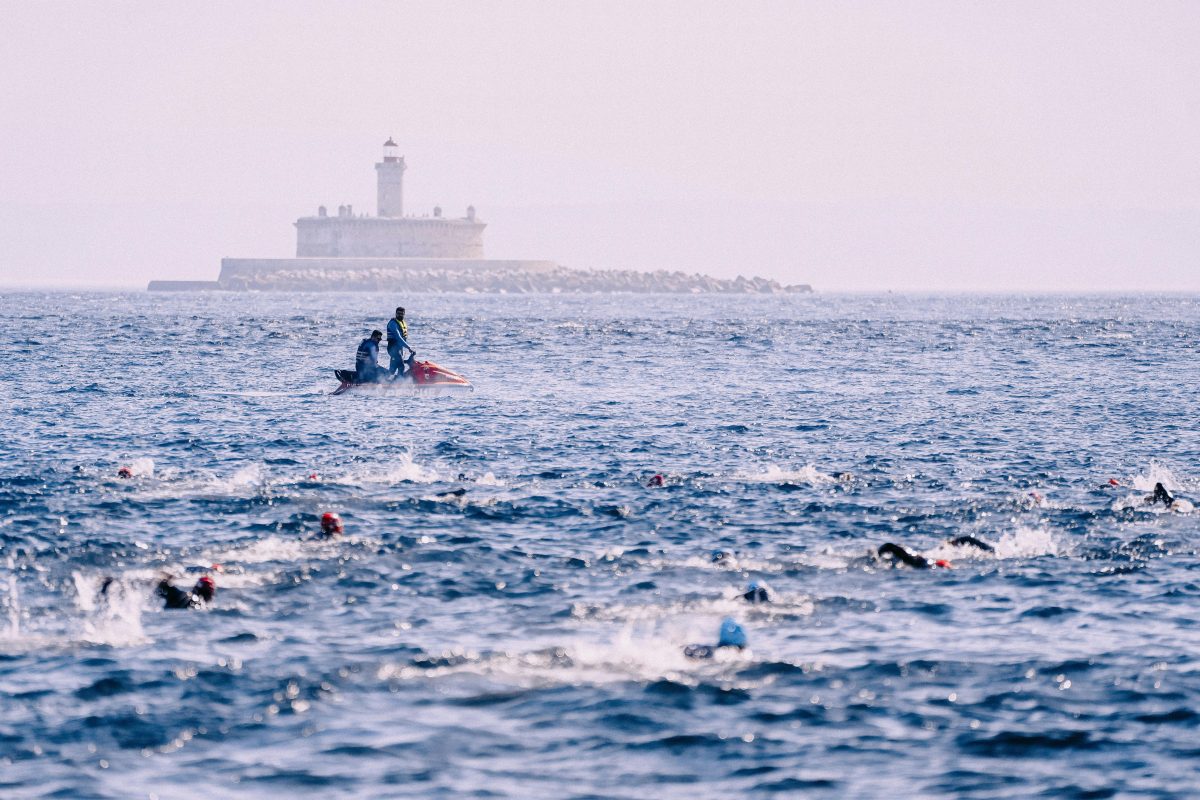
Swimming, often viewed as the gateway to a triumphant triathlon, plays a pivotal role in shaping an athlete’s performance. Unlike cycling and running, swimming demands a unique blend of technique, strength, and mental fortitude, setting the stage for the challenges ahead. It’s not just about propelling through water; it’s about mastering efficiency, conserving energy, and laying a solid foundation for the rest of the race.
- Technique: Mastering swimming efficiency.
- Strength: Building the power to propel through water.
- Mental Fortitude: Preparing for the race’s mental challenges.
When compared to cycling and running, swimming might seem like a small fraction of the total distance, yet its impact is monumental. A strong swim sets a positive tone, providing athletes with a competitive edge as they transition to the next segments. It’s about more than just speed; it’s about emerging from the water with enough reserve in the tank to tackle the demanding miles that lie ahead.
The ripple effect of a proficient swim on overall race times cannot be overstated. Athletes who excel in the water often find themselves in a favorable position, navigating the bike and run stages with a blend of confidence and strategic energy conservation. This advantage is crucial, as it allows for a more controlled and powerful performance throughout the entire triathlon.
Integrating swimming into triathlon training is not merely an option; it’s a necessity for those aiming for the podium. By focusing on technique, endurance, and strategic pacing, athletes can transform their swim from a challenge to an opportunity. An opportunity to stand out, conserve energy, and embark on the bike and run stages with unparalleled vigor and determination.
Building a Swimming Foundation for Triathletes

Assessing current swimming skills is the first step in building a robust foundation. Identifying areas for improvement allows for a targeted approach, ensuring that every stroke takes you closer to your goal. Whether it’s refining your technique, boosting your endurance, or increasing your speed, understanding your starting point is crucial.
- Technique: The cornerstone of efficient swimming.
- Endurance: Building stamina for the swim segment.
- Speed: Cutting through the water with precision and power.
Incorporating drills and exercises into your routine is essential for enhancing swimming efficiency. From catch drills that improve your pull to kick sets that build leg strength, each exercise is designed to refine specific aspects of your swim. These drills, when performed consistently, translate into smoother, faster, and more efficient swimming.
Integrating swimming into triathlon training is a journey of continuous improvement. By focusing on technique, endurance, and speed, and by regularly incorporating targeted drills, triathletes can transform their swim segment into a powerful asset. This foundation not only sets the stage for a strong race but also instills the confidence needed to face the challenges of triathlon with determination and grace.
Designing a Triathlon-Specific Swim Training Plan
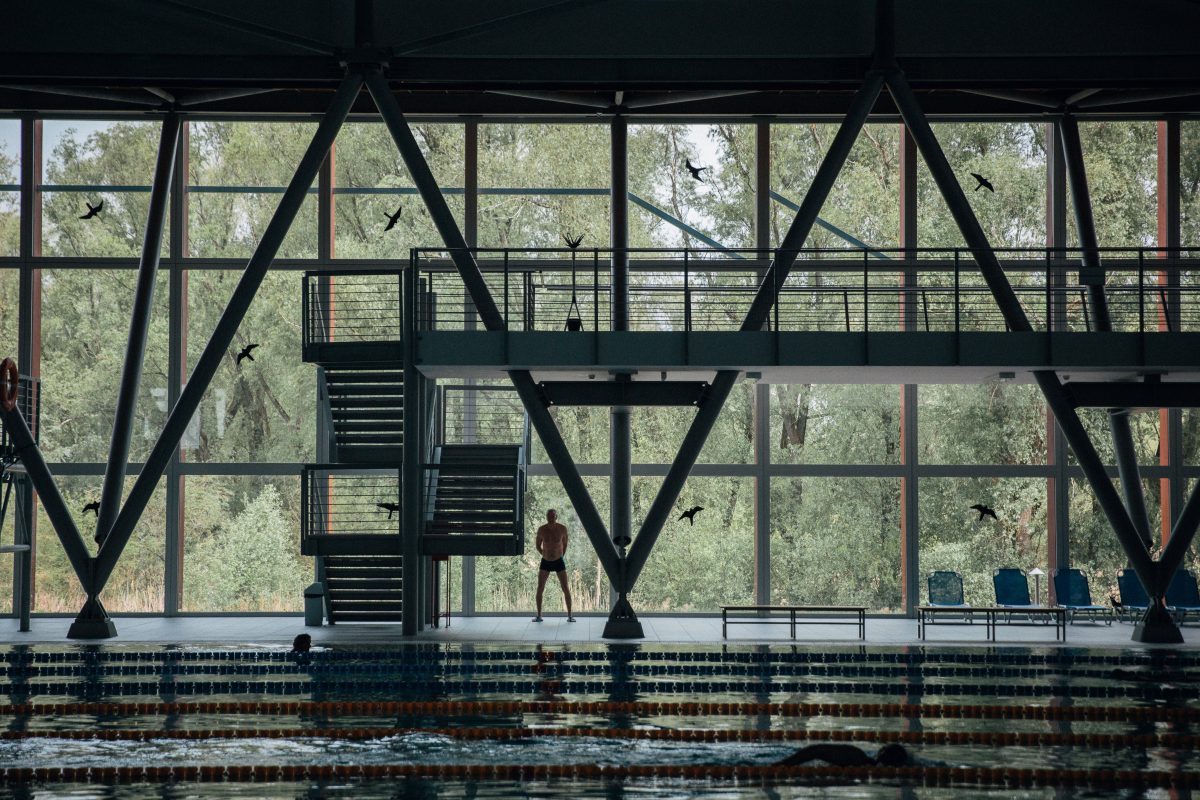
Mastering the balance between swim training and the other triathlon disciplines is key. It’s about finding harmony in your routine, ensuring each sport complements the others. This equilibrium prevents overtraining and promotes overall athletic development.
- Frequency: Incorporating three to four swim sessions each week.
- Intensity: A mix of high-intensity workouts and endurance swims.
- Volume: Balancing training load to prevent overtraining.
Periodization is the art of timing your training to peak at just the right moment. As race day approaches, introducing tapering phases reduces training volume, allowing your body to recover and consolidate gains. Peak training phases, on the other hand, are designed to push your limits, ensuring you’re in top form when it matters most.
Remember, the journey to integrating swimming into your triathlon training is a marathon, not a sprint. It requires patience, persistence, and a well-thought-out plan. By focusing on balancing your training, structuring your weekly swim sessions wisely, and mastering the art of periodization, you’re setting the stage for a triumphant race day. Embrace the process, and watch as your swim segment transforms from a challenge to your strongest ally.
Overcoming Common Swimming Challenges for Triathletes
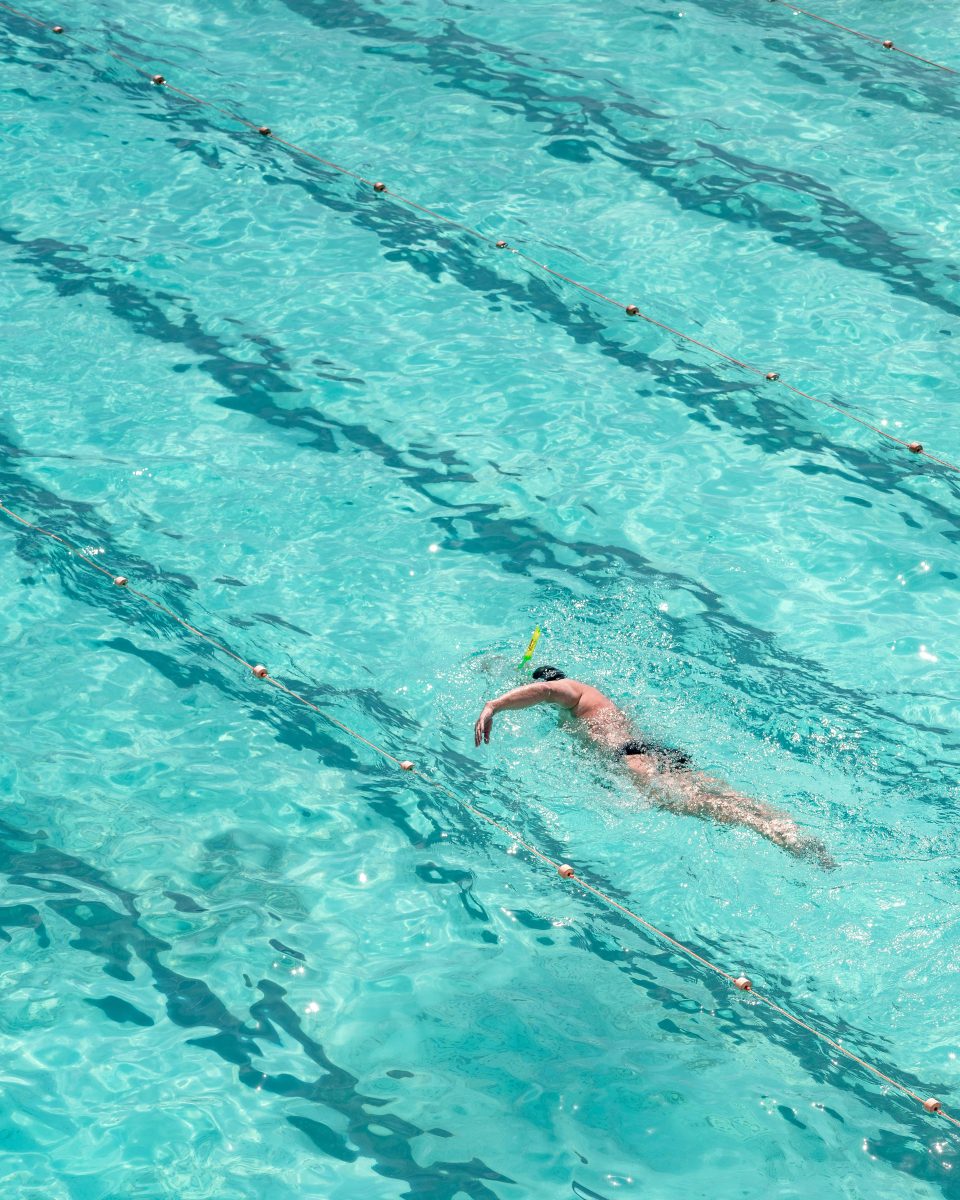
Triathletes often face a trio of swimming challenges that can make or break their race: the fear of open water, navigation and sighting, and the chaos of mass starts. Overcoming these hurdles is crucial for a successful triathlon experience.
Addressing Fear of Open Water Swimming
For many, the open water evokes a sense of vulnerability, vastly different from the controlled environment of a pool. Gradual exposure is key. Start by swimming in shallow areas and progressively venture deeper as confidence builds. Accompanying a seasoned open-water swimmer can also provide reassurance and valuable insights. Remember, familiarity breeds confidence.
Strategies for Improving Navigation and Sighting in Open Water
- Practice Sighting: Lift your head just enough to see ahead without halting your momentum.
- Use Landmarks: Landmarks and buoys are your navigation aids.
Coping with Mass Starts and Maintaining Your Pace Amidst Competition
Mass starts are a whirlpool of energy and nerves. Positioning is strategic; find a spot that aligns with your pace and confidence level. Starting too fast can deplete your energy reserves, so focus on maintaining a steady pace. Use the draft from other swimmers to conserve energy but be prepared for occasional contact. It’s part of the experience, and staying calm is paramount.
Triathlon swimming is not just about physical endurance; it’s a mental game. By addressing the fear of open water, mastering navigation, and navigating the dynamics of mass starts, you’re not just swimming; you’re strategizing for success. Each stroke brings you closer to overcoming these challenges, transforming them into triumphs on race day.
Maximizing Triathlon Performance: The Synergy of Swim, Bike, and Run
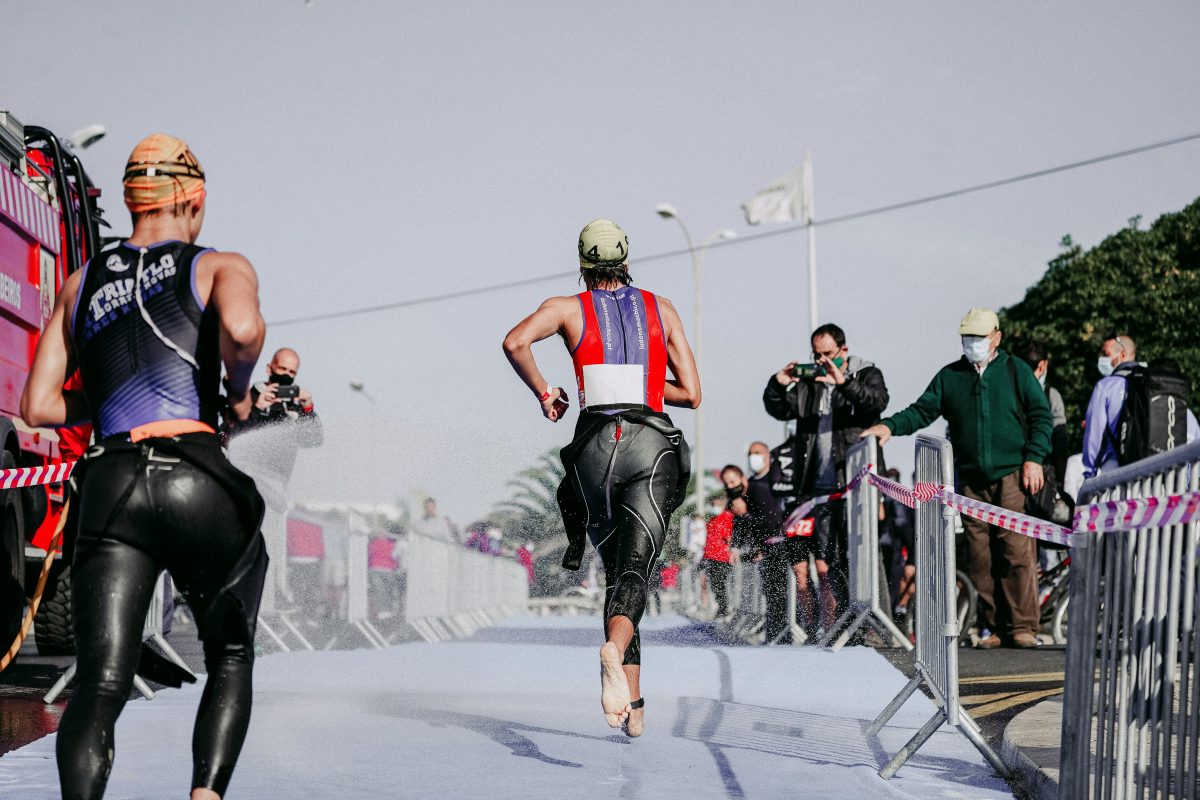
Transition training is the linchpin of triathlon success. The shift from swim to bike, and bike to run, is not merely a change of gear. It’s an art. Mastering these transitions reduces overall race times and conserves energy, setting the stage for a strong finish. Athletes who practice these shifts, simulating race conditions, gain a significant edge.
Swimming, with its low-impact nature, is a cornerstone for cross-training benefits. It enhances cardiovascular health without the wear and tear associated with running and cycling. This cross-training effect leads to improved endurance and strength, vital for the latter stages of a triathlon. Moreover, the buoyancy of water supports muscle recovery, making swimming an excellent tool for active recovery days.
Recovery and injury prevention are paramount in any training regimen. Swimming serves as a critical component in this equation. Its low-impact nature allows for training continuity, even when injuries from high-impact activities like running might otherwise sideline an athlete. This aspect of swimming ensures that training progress is not halted, facilitating a smoother, more consistent training cycle leading up to race day.
Integrating swimming into a triathlon training plan is not just about adding variety; it’s about creating a holistic approach that enhances performance, aids in recovery, and prevents injury. By focusing on transition training, leveraging the cross-training benefits of swimming, and utilizing its recovery advantages, athletes can build a comprehensive training program that propels them toward their triathlon goals.
Advanced Techniques and Equipment to Enhance Swim Performance
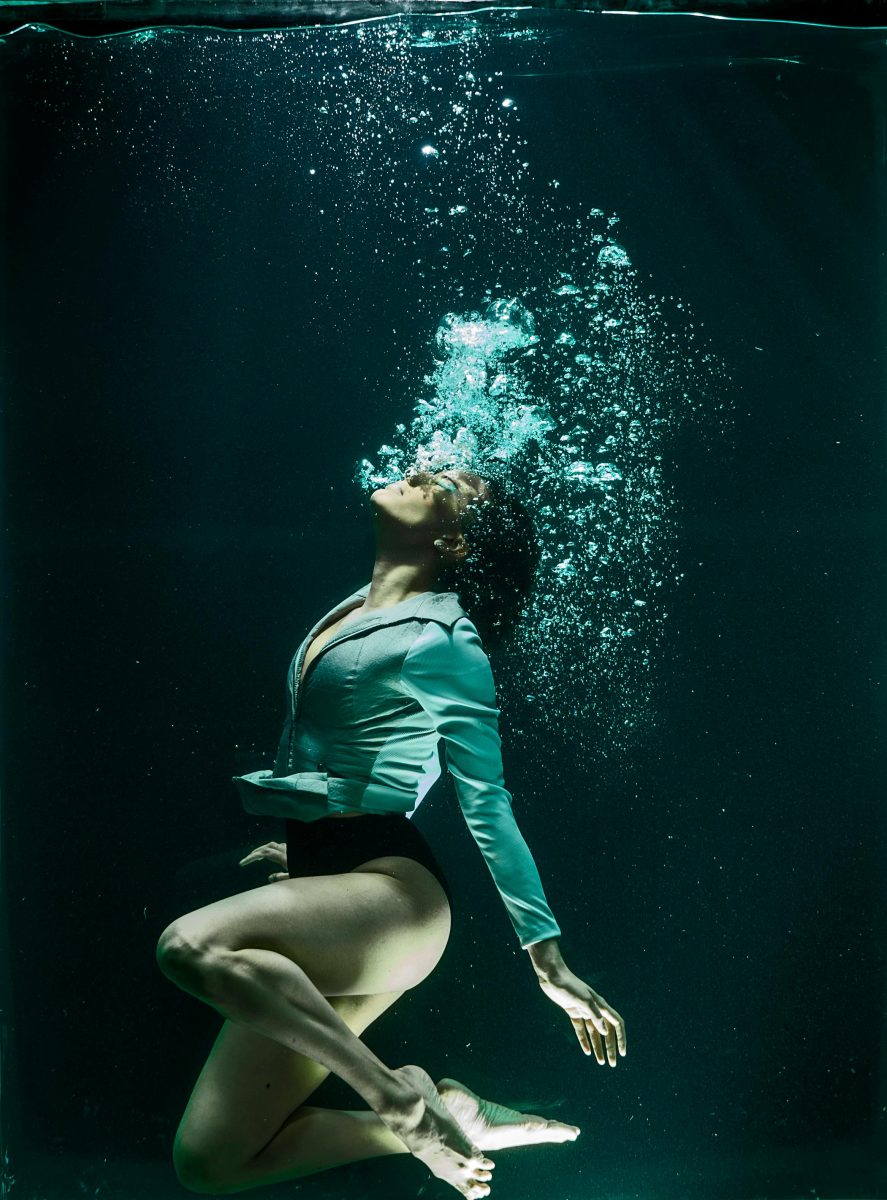
Triathletes seeking to optimize their swim performance can leverage a variety of advanced equipment and techniques. Here’s how:
- Wetsuits: Provide warmth and enhance buoyancy, reducing drag and conserving energy.
- Goggles: Essential for clear vision, protecting the eyes and allowing for precise navigation.
- Caps: Reduce resistance and keep hair out of the face.
- Tech Suits: Compress muscles for improved hydrodynamics.
Mastering advanced swimming techniques is equally crucial:
- Drafting: Swimming closely behind another competitor to save energy by taking advantage of their slipstream.
- Buoy Turns: Executed with agility to minimize time lost during directional changes.
- Pacing: The art of managing energy throughout the swim to prevent early fatigue.
Technology and data analysis are transforming swim training:
- GPS Watches: Track open water swims, providing insights into pace and distance.
- Stroke Rate Monitors: Help optimize efficiency.
- Underwater Cameras: Offer a unique perspective for technique refinement.
Analyzing this data allows for personalized training adjustments, ensuring continuous improvement. Integrating these advanced techniques and equipment into training routines is a game-changer, setting triathletes up for success in the subsequent bike and run segments.
From Training to Race Day: Executing Your Swim Plan
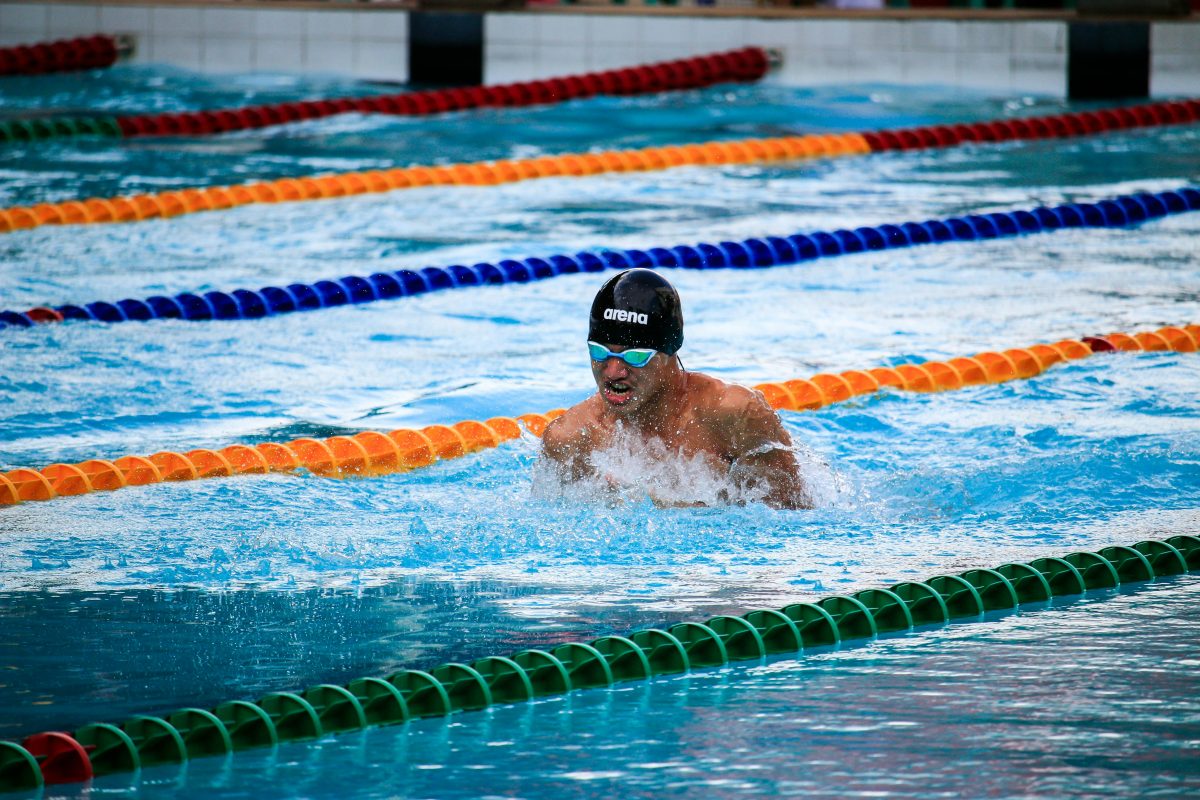
Transitioning from rigorous training to race day requires a strategic approach, especially for the swim leg of a triathlon. Here’s a breakdown:
Pre-race Preparation: Mental Strategies and Warm-up Routines
- Visualizing the swim course: Acknowledging potential challenges and strategizing your approach.
- Tailored warm-up routine: Combining dynamic stretches with a short swim to prime your muscles.
Navigating the Swim Leg: Pacing, Positioning, and Adapting to Conditions
- Maintaining a steady pace: Conserving energy for the latter stages.
- Positioning: Wisely among competitors to avoid congestion and improve streamline.
- Adapting to changing conditions: Requires flexibility and quick thinking.
Post-swim Recovery: Transitioning Effectively to the Bike Leg
- Efficiently stripping off your wetsuit: If worn, and transitioning your mindset from swimming to cycling.
- Quick, methodical approach to T1: Can shave precious seconds off your time, setting you up for a strong bike segment.
Executing your swim plan with precision, from pre-race preparation through to post-swim recovery, is a critical component of triathlon success. It’s not just about the swim itself; it’s about how well you transition into and out of the water, conserving energy and maintaining focus throughout. With the right strategy, the swim leg can be a powerful asset in your triathlon arsenal.
In Closing
Swimming transforms triathlon challenges into triumphs. It cultivates resilience, setting a foundation for success. Through meticulous training, athletes refine their technique, endurance, and mental fortitude, turning the swim segment into a strategic advantage. This journey from rigorous preparation to race day execution underscores the importance of integrating swimming into triathlon training. Embrace the swim; let it propel you toward your ultimate triathlon goals.
Integrating Swimming into Triathlon Training FAQs
Yes, strength training can significantly enhance your swimming performance in triathlons. It improves your power, endurance, and efficiency in the water by strengthening muscles used in swimming. Focusing on core, shoulder, and back muscles is particularly beneficial for swimmers.
Overcoming fear of open water swimming starts with gradual exposure to open water in a controlled and safe environment. Swimming with a group or a coach can provide reassurance and safety in numbers. Familiarizing yourself with the open water environment, such as practicing sighting and swimming in various conditions, builds confidence over time.
Balancing swim training with cycling and running involves creating a structured weekly schedule that allocates specific days and times for each discipline. It’s important to prioritize your weakest discipline by dedicating more time to it while maintaining consistency in the others. Adequate rest and recovery should also be incorporated to prevent overtraining.
Pacing yourself during the swim portion of a triathlon involves starting at a comfortable pace and gradually increasing your effort as you settle into the swim. It’s important to be aware of your own capabilities and not get caught up in the pace of other swimmers around you. Practicing pace control in training, both in the pool and open water, can help you manage your energy efficiently throughout the swim.
Open water swimming is crucial in triathlon training because it differs significantly from pool swimming. It prepares you for the unpredictability of open water conditions, such as currents, waves, and sighting navigation. Practicing in open water builds confidence and skills that are essential for race day.
You should aim to swim at least 2-3 times per week when training for a triathlon. This frequency allows your body to adapt to the demands of swimming while balancing the training for cycling and running. Consistency in swimming workouts improves technique, endurance, and speed.
Focusing on drills that enhance your stroke efficiency is the best way to improve your swimming technique. Incorporating drills such as catch-up stroke, fist swimming, and single-arm drills can help identify and correct common technique flaws. Regular feedback from a coach or video analysis can accelerate improvements.
Essential swim gear for triathlon training includes a comfortable and well-fitting swimsuit, goggles, and a swim cap. A wetsuit may also be necessary for open water swims in colder conditions, as it provides buoyancy and warmth. Training tools like kickboards, pull buoys, and paddles can further enhance your swim workouts by focusing on specific aspects of your technique and strength.
Your triathlon training should include a mix of endurance, speed, and technique-focused swim workouts. Endurance sessions build your capacity to swim longer distances, speed sessions improve your pace, and technique workouts enhance your stroke efficiency. This variety ensures a well-rounded development in your swimming performance.
The best way to transition from pool to open water swimming is to gradually increase your exposure to open water environments. Start with short, comfortable distances in calm water and progressively increase the distance and complexity of conditions. Practicing sighting techniques and swimming in a group can also help simulate race conditions.
Orlando is a all round athlete from Australia, now resident in Germany. His sports of passion of American Football(Offensive line), weight training and indoor rock climbing where he uses his 195cm wing span to his advantage.

